Does Your Child Lack Personal Space Awareness?
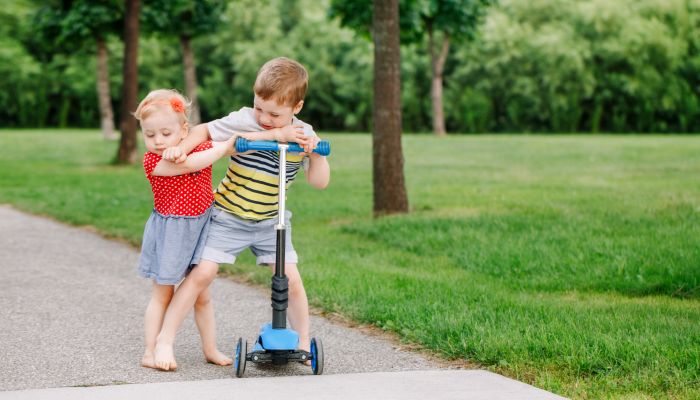
- Personal space awareness is the ability to understand and respect social and cultural norms surrounding the personal and physical space of others.
- A lack of personal space awareness, which is a type of spatial awareness, is common in children with sensory processing disorders.
- Personal space awareness is essential for social, emotional, and academic success.
- Activities that help regulate a child’s sensory system will help increase a child’s body awareness.
Does it feel like your kid is constantly touching, crashing, and in-your-face talking? Some children seem to cross personal space boundaries more than others.
Some kids appear more affectionate, hugging peers often, or standing too close behind someone in line. Other children pinch, bite or continually touch other people.
When this occurs, it is common to think you need to correct the behavior by punishing. After several redirections and reminders, parents start to think the child should know better. Parents initially feel that a child doesn’t mean malice by their actions, but when it continues, it gets confusing. Frustration and sometimes embarrassment start to guide parenting practices.
When a child struggles to maintain personal space it is not out of malice, but more likely a lack of personal space awareness.
What is Personal Space Awareness?
Personal space is the physical space immediately surrounding the body. Typically, unwanted invasion of personal space feels threatening or uncomfortable. Personal space awareness is the ability to understand and respect social and cultural norms surrounding the personal and physical space of others.
Unlike separation anxiety, where a child may seem overly clingy, a child that lacks personal space awareness struggles with body awareness and typically struggles with understanding social cues regarding boundary violations.
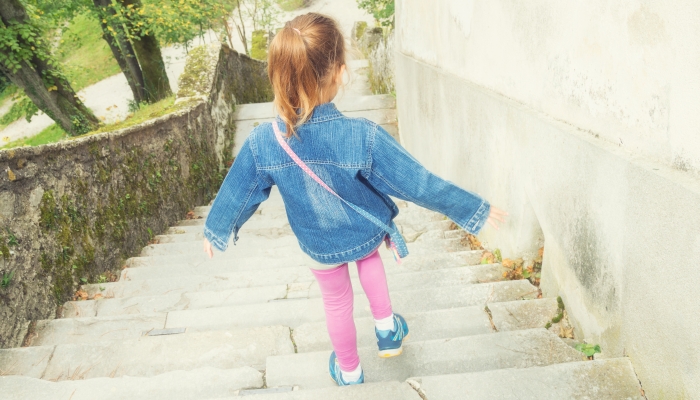
How to Tell That a Child has Issues With Personal Space Awareness
A lack of personal space awareness is common in children with sensory processing disorders, ADHD, or Autism Spectrum Disorder (ASD). Personal space or body space awareness is a type of spatial awareness. Poor sensory processing can cause a child to excessively touch other people’s hair, touch objects or people around them, or hug too hard.
Children that struggle with this type of spatial awareness are often seeking either tactile input or proprioceptive input.
Tactile Sensory Seeking
A child with tactile sensory seeking behaviors has a strong desire to touch anything around them, including people. The child’s body is craving sensory input through touch.
A child seeking tactile sensory input might:
- Stroke other people’s hair
- Pinch
- Fidget with hands
- Chew on objects/bite others
- Constantly touching objects or people
- Enjoy or seek out cuddles
- Enjoy engaging in messy play
Proprioceptive Sensory Seeking
A child with proprioceptive-seeking behaviors has difficulty feeling and sensing where his body is in relation to space. A child might feel like they are floating in space and therefore crave strong touch.
A child seeking proprioceptive sensory input might:
- Crash into objects or others on often and typically on purpose
- Hug hard
- Play rough without intending to be mean
- Appear clumsy
- Stomps feet when walking
- Kicks feet while sitting
- Stand too close to others or touch others without permission
- Enjoys being tightly wrapped in a blanket or tight-fitting clothing
Why is Personal Space Awareness Important?
Teaching children personal space awareness is an essential social and emotional skill. Children with personal space awareness can engage more successfully with peers, have better interactions with others, and can stay safe. Personal space awareness is considered a social skill for academic success.
How Does Personal Space Awareness Affect Mental Health and Social Cues?
A child that struggles with body awareness may struggle to make friends or maintain friendships. When a child is not receiving enough sensory input they seek it out, sometimes in socially unacceptable ways.
When a kid seeks tactile sensory input through pinching, they are not trying to misbehave, or be aggressive. Other children, however, do not understand this violation of personal space.
Continually violating others’ personal space can lead to embarrassment, shame, or social anxiety, especially with peers.
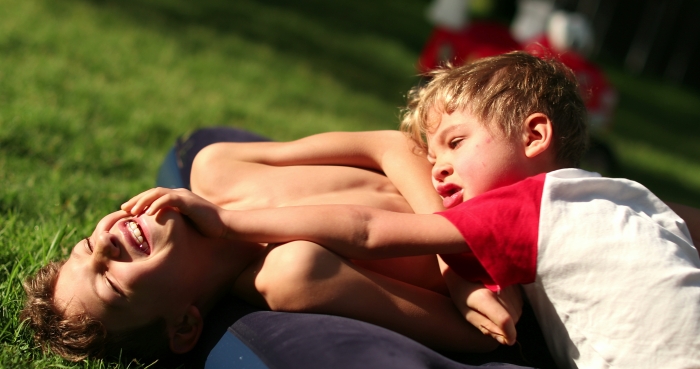
Does Lack of Personal Space Awareness Indicate Autism?
Although children with autism spectrum disorder (ASD) have reduced personal space according to a 2016 study by Kosuke et al, a lack of personal space awareness does not always indicate an ASD diagnosis.
A lack of personal space awareness is also associated with attention deficit hyperactivity disorder (ADHD), ASD, and sometimes anxiety.
If your child struggles with understanding personal space, in addition to other signs of ASD, discuss your concerns with your doctor for a more thorough evaluation.
Strategies to Help Improve Personal Space Awareness
The first step in helping a child improve body awareness is to give several opportunities for sensory stimulation. The goal is to help your child find socially acceptable ways to help regulate their sensory system.
Strengthen Proprioceptive Sense
All children will benefit from activities that strengthen their proprioceptive sense. Daily activities that occupational therapists refer to as heavy work tasks increase a child’s awareness of their body in space.
Heavy work tasks may include:
- Jumping activities
- Helping carry in groceries
- Sweeping or mopping a floor
- Climbing on the playground
- Riding a tricycle or bike
- Pushing or pulling items
- Marching in place
- Dusting
- Wiping off tables or counters
When trying new heavy work tasks with your child, pay attention to how the activity affects your child. If the activity is overstimulating for them, try a different one. Find activities that seem to calm your child once completed.
Other ways to increase your child’s awareness of their body in space include teaching your child about their personal space bubble. Utilize a hula hoop to show their personal space visually. Have other family members hold hula hoops as well. Practice walking around without bumping into each other’s personal space bubble (aka hula hoop).
Body socks, stretchy sensory sacks that a child’s whole body can fit into, can also strengthen proprioceptive sense. There are several body sock activities you can do at home that will promote sensory stimulation and proprioception.
Increase Tactile Input
If your child is seeking tactile input, offer socially acceptable ways to get this sensory need met.
Different tactile sensory activities may include:
- Sensory bins, sensory tables, or even a sensory room or sensory garden
- Textured fidget toys or other sensory toys
- Velcro (ex: place scratchy side under desks for a child to feel when sitting)
- Opportunities to play hairdresser (if the child has a strong desire to continually touch other’s hair)
Offer Cuddle Time with Boundaries
If your child seeks close contact and hugs, set aside time to offer cuddles, hugs, or playful wrestling. Establish boundaries for when and with whom these activities occur.
Help guide your child with gentle reminders such as “too close” when you are feeling overwhelmed by the contact. It is important to help verbally coach your child towards socially acceptable behaviors.
Practice Often
Your child will benefit from practicing body awareness activities regularly. Many children need to practice a skill repeatedly until they are comfortable. Encourage family members to assist with practicing as well.
For kids to have a clear idea of appropriate social distance, take pictures of your child standing beside family members. Show examples of when your child is standing too close and when your child is respecting social space.
When on the playground or near peers, it is helpful to verbally coach socially acceptable boundaries. Help your child acknowledge the social cues they are missing. Point out facial expressions, body posture and other context clues a peer may express that show personal space issues.
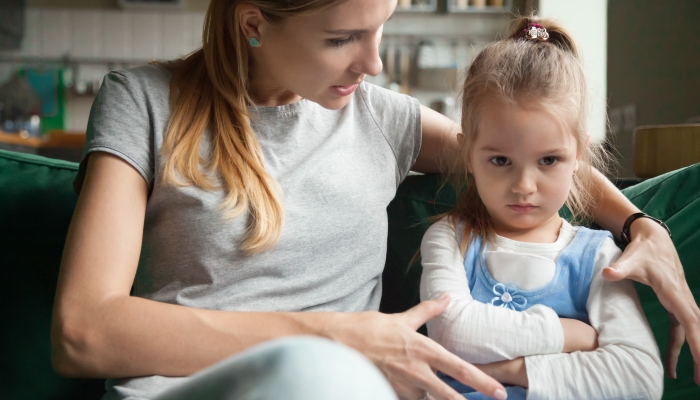
When to Consult a Doctor or Therapist
If you’ve tried different activities at home and feel that your child continues to struggle with maintaining personal space, it might be beneficial to consult with a professional.
Your child’s doctor, a physical therapist, an occupational therapist, or a psychologist can offer insight into the best treatment options to help your child succeed.
Physical Therapist
If your child is struggling with motor planning challenges, a physical therapist will assess and treat gross motor needs. These activities will include helping with your child’s large muscle groups and movement.
Occupational Therapist
A sensory child may be referred to an occupational therapist (OT). An OT will focus on fine motor skills and sensory integration needs. An OT will provide examples, suggestions, and specific play activities to incorporate into your home.
Psychologist
A psychologist, or mental health therapist, can provide play therapy to help a child understand their personal space bubble and can help increase skills to build friendships. A therapist considers other factors contributing to a child’s struggle with body awareness, including ADHD, ASD, and other sensory or motor problems.
Will Personal Space Awareness Difficulties Go Away?
With your support, understanding, and possible therapy, your child’s body awareness will improve. Although personal space awareness difficulties do not go away, your child can learn to adapt and cope.
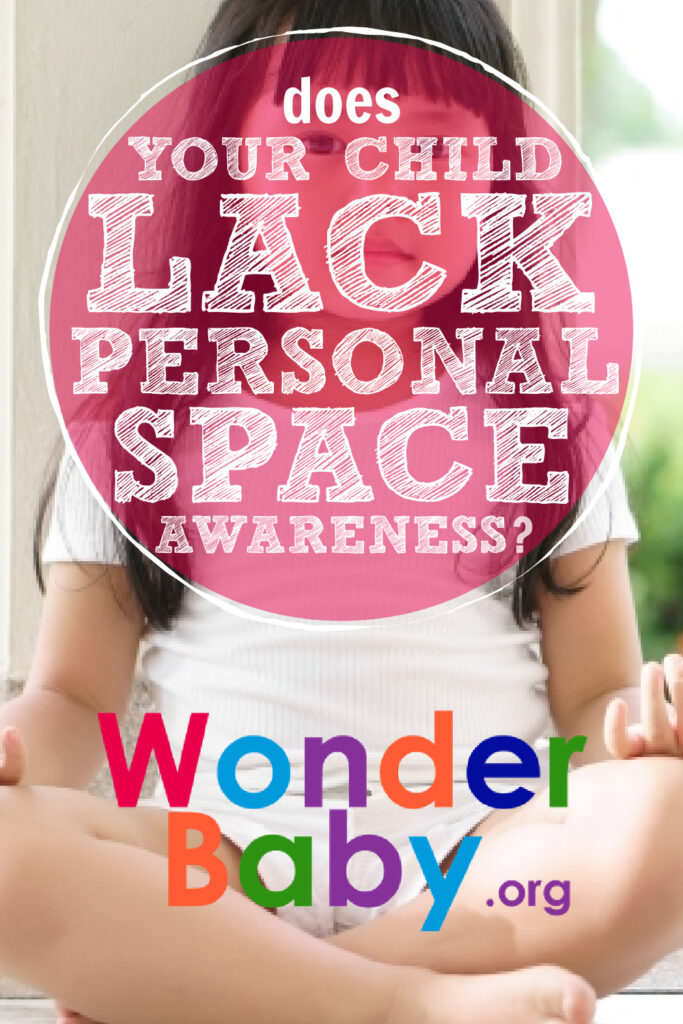
The information WonderBaby provides is not intended to be, and does not constitute, medical or other health advice or diagnosis and should not be used as such. Always consult with a qualified medical professional about your specific circumstances.
Related Posts
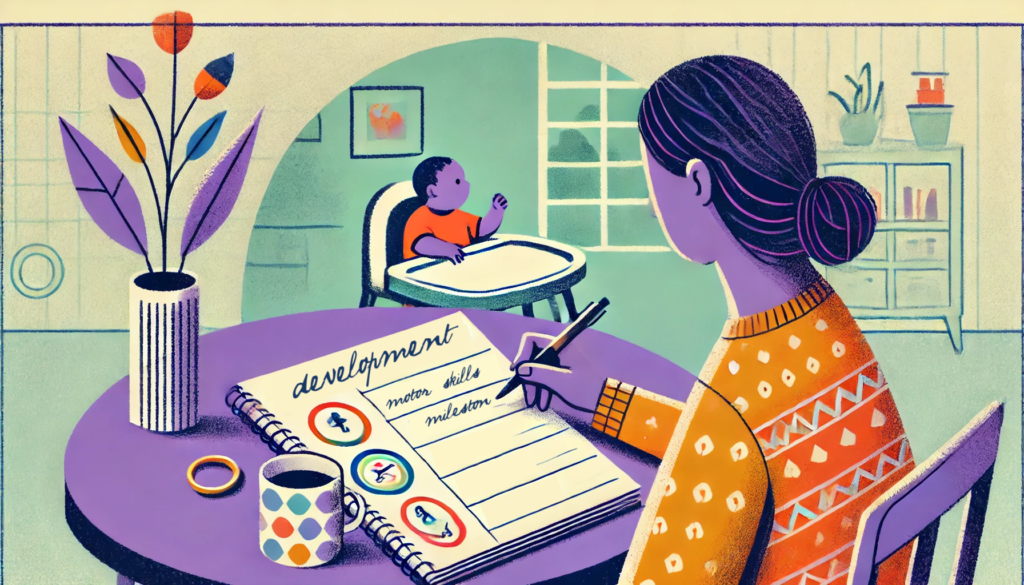
Development, Special Needs
How to Track Milestones for Developmentally Delayed Babies
Parents of developmentally delayed babies can explore practical tools and strategies to track milestones, celebrate progress, and support their child’s unique developmental journey.
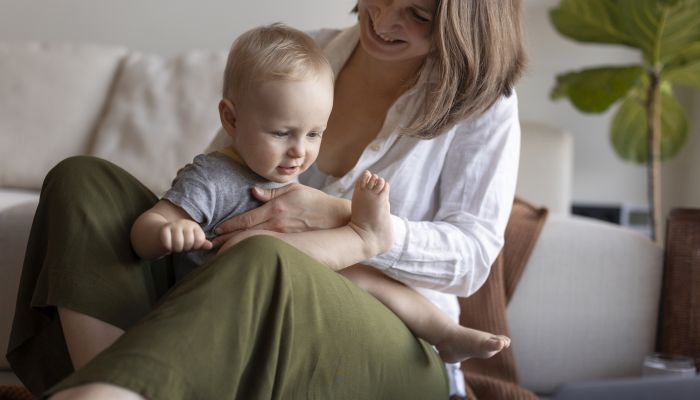
Fine and Gross Motor
5 Alternatives to Tummy Time for Babies with Motor Development Challenges
Does your baby struggle with tummy time due to motor development challenges? These alternatives to tummy time will offer the same benefits.
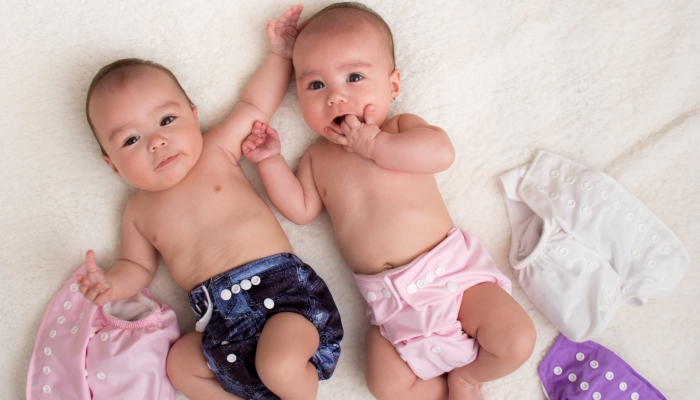
Development
Should Twins Share a Room?
Wondering if your twins should share a room? We’ll explore the pros and cons of room-sharing for twins right here before you make your decision.